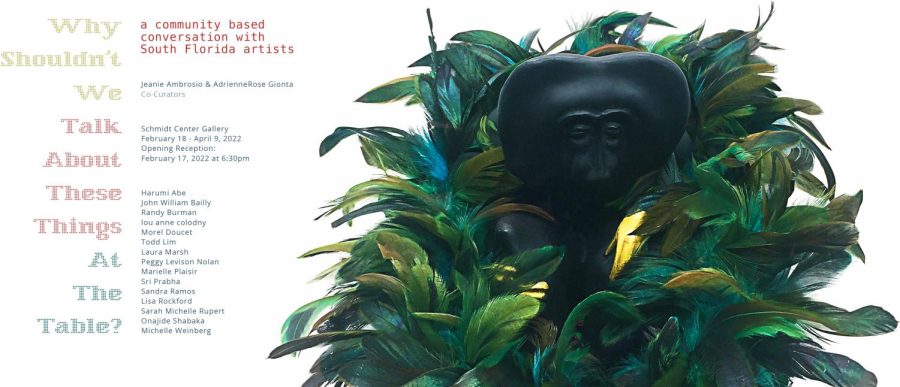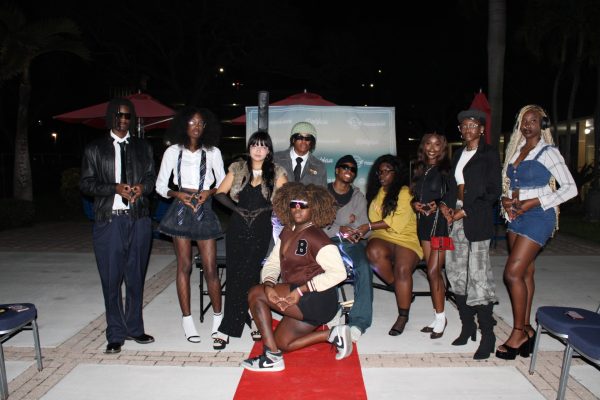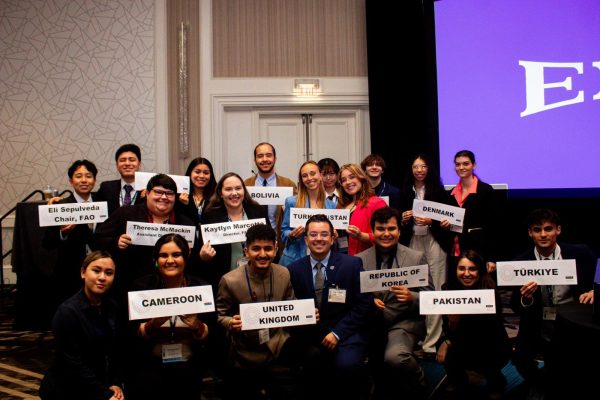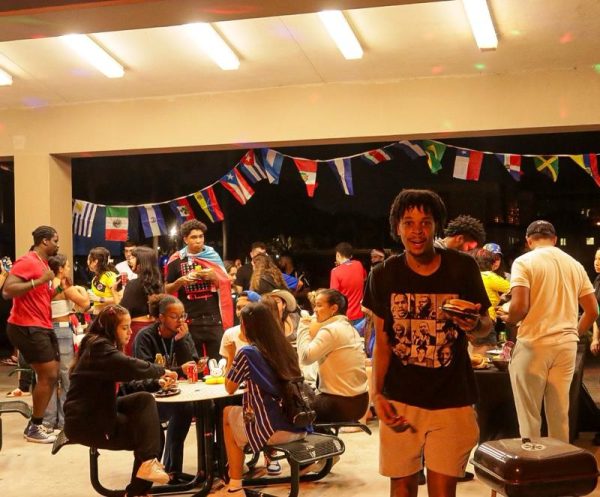New art exhibition in the Schmidt Center Gallery aims to get people talking
“Why Shouldn’t We Talk About These Things At The Table?” challenges the rules of polite conversation.
February 25, 2022
When Emily Post, the best-selling etiquette expert, first penned her book “Why Shouldn’t We Talk About These Things At The Table?” in 1922, the rules of polite conversation were an all-important foundation for the ideal dinner party. A century later, the book challenges the idea of inappropriate conversation in an upcoming exhibition at the Schmidt Center Gallery.
According to the exhibition website, the event investigates the social etiquette of American culture and asserts “that given our diverse family structures, we should bend these rules and allow for conversations that bring together an informed and empathetic community as extended family.”
The exhibition will present 15 local artists working across many different disciplines, all focused on potentially controversial topics including politics, religion, and the human condition. Originally presented as a digital exhibition which opened on Oct. 1, 2020, the show has transitioned into an in-person event.
“An exhibition like this is going to get people talking, which is what we want. It’s productive,” said Exhibition Marketing Specialist Paris Valladares. “This exhibition is something that should be seen in person.”
Curators Jeanie Ambrosio and Adrienne Rose Gionta specifically chose South Floridian artists to better understand the topics that mattered within the local community. According to the press release for the exhibition, the artists were chosen because their work “addresses a topic or set of topics that are typically not discussed at the dinner table such as—immigration, the environment, racism, among other culturally and politically charged issues.”
Todd Lim, a multimedia artist and sculptor, submitted several works to the exhibition. Lim described the inspiration behind one such piece, “Black Male”, which he created in 1989.
“It was the time when Michael Stewart, the graffiti artist, was beaten by the New York City police and he subsequently died from the beating,” said Lim. “I was living in New York and going to school back then.”
Other art works from the show, like the installation “American Splenda (version 2)” by Lisa Rockford, tackle more conceptual issues like our country’s complicated relationship with the American flag.
“I started collecting these objects during the Trump administration and was noticing America’s changing relationship with the national flag,” Rockford said. “It used to be more of a precious thing, now the flag is being incorporated into consumerism; used to sell products or used as political propaganda.”
Melissa Ramos, a senior majoring in ceramics, commented on a series of paintings by visual artist Sarah Michelle Rupert titled “The City is Sinking: Miami”.
“It’s something that affects all of us,” said Ramos. “I actually live in Miami so I see how climate change has affected the city itself.”
The potentially controversial subject matter of the exhibition is meant to encourage conversation.
“How are we to learn to process and work through unavoidable life events if we cannot talk with each other about them?” said Ambrosio.
The exhibition will run until April 9 in the Schmidt Center Gallery, located between the Culture and Society Building and the College of Arts and Letters.
Caroline Little is a staff writer for the University Press. For information regarding this or other stories email her at [email protected]
















